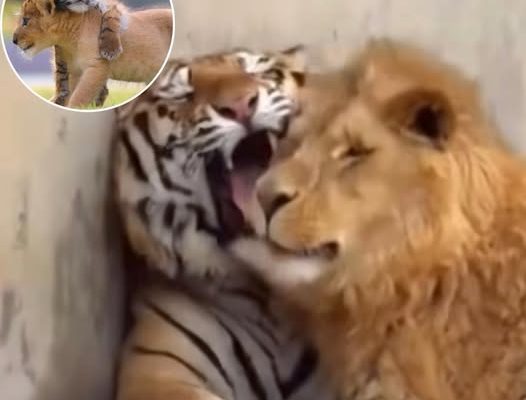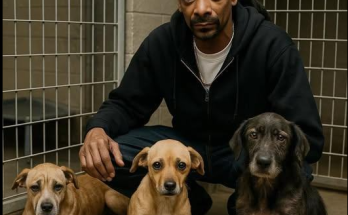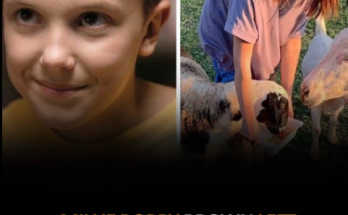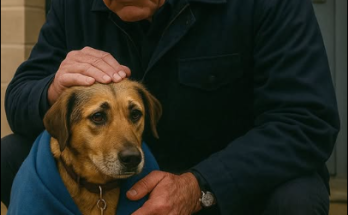The wild is supposed to be freedom. For two young cubs—a lion and a tiger—it became a nightmare. Stolen from their families, caged, and trafficked by poachers, they should have been nothing more than commodities in the illegal wildlife trade. But instead, in the darkest place imaginable, they found something no cage could take away: each other.
The Raid That Changed Everything
On May 18, 2024, in northern South Africa, a joint operation between wildlife rangers and law enforcement raided an illegal animal trafficking ring near Limpopo. The raid uncovered one of the largest smuggling operations the region had ever seen: more than 300 animals—reptiles, birds, primates, and endangered mammals—packed into filthy cages, destined for black-market buyers across borders.
Among the terrified creatures were two cubs. One, a lion. The other, a tiger. Both weak. Both trembling. But pressed tightly against each other inside a single cage.
No one knew how they had ended up together. Lions and tigers do not share habitats in the wild. Yet somehow, fate—or cruelty—had placed them in the same prison. And against all odds, they had chosen each other for comfort.
The Sound of Separation
At the rescue facility, staff worked urgently to stabilize and sort the animals. Each species was separated for medical checks and quarantine. The lion cub went to one enclosure. The tiger to another.
That’s when the crying began.
The tiger wouldn’t stop—small, desperate calls echoing through the rescue center. Moments later, the lion’s cries joined in from the next enclosure. Back and forth, they called, their voices laced with the panic of loss.
One security guard, moved by the sound, alerted the rangers. When they checked the smugglers’ records, the truth became clear: the lion and the tiger had been caged together for the entire smuggling route. Days, maybe weeks, clinging to one another for survival.
The staff faced a decision. Standard procedure dictated species separation. But this was no standard case.
A Rare Choice
Breaking from protocol, the rangers made a rare and compassionate call. They placed the lion and tiger back together—this time not in a dirty trafficker’s cage, but in a safe, spacious enclosure at a protected sanctuary.
The crying stopped instantly.
The two cubs curled up together, side by side as if nothing in the world could harm them, as if the nightmare had only been a bad dream. Staff watched in awe. Hardened rangers—men and women who had seen the worst of humanity’s cruelty toward animals—stood silently, eyes wet.
Months Later: A New Chapter
Today, months after the raid, the lion and tiger are thriving. Stronger. Playful. Chasing each other across the grass, splashing in water tubs, napping in the shade—always together.
To the sanctuary team, their bond is a living reminder that family isn’t always defined by species or blood. Sometimes, it’s forged in survival.
The Lesson in Their Story
The illegal wildlife trade continues to devastate ecosystems, tearing young animals from their mothers, stripping forests and savannas of life. But in the story of these two cubs, there is also hope.
Hope that even in darkness, bonds can form.
Hope that compassion—whether between animals or humans—can rewrite the ending.
Hope that survival can lead not just to life, but to love.
Because sometimes, the wild doesn’t just give you family. Sometimes, it chooses it for you.



